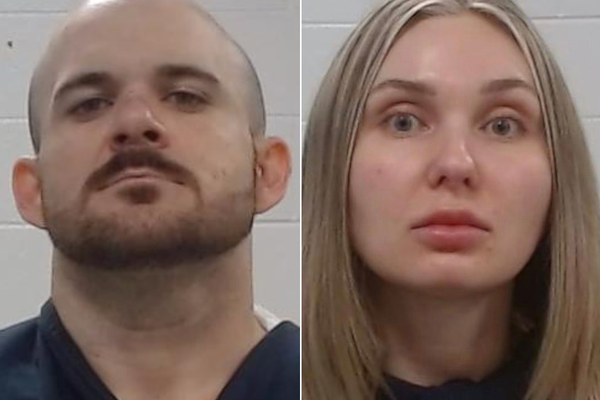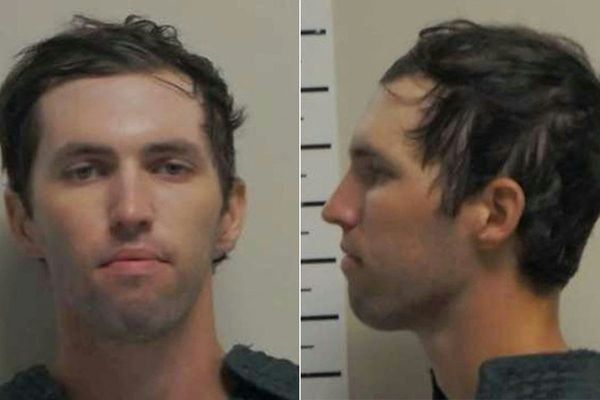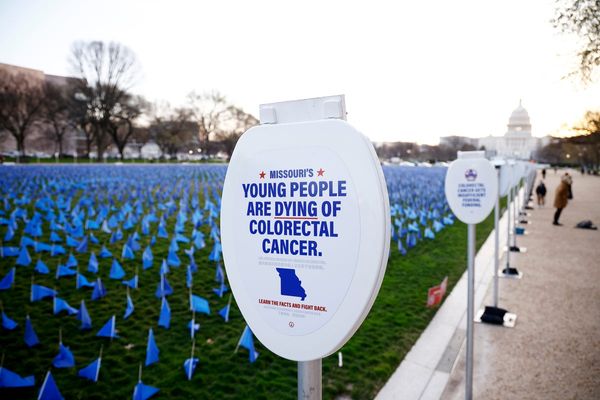
At least 174 thoroughbred racehorses died at the track or as a result of injuries sustained while racing or training in the past 12 months – the highest number recorded by animal rights activists since they began tracking 10 years ago.
The report from the Coalition for the Protection of Racehorses (CPR) was released on Tuesday, one week ahead of Australia’s most important horse race, the Melbourne Cup.
The data is based on deaths recorded in official stewards’ reports, media reporting and whistleblower information. CPR’s general manager, Helle Erhardsen, said all deaths listed in the report had been verified via public records, with racing authorities, or directly with the trainer or owner of the affected horse. The report includes both flat and jumps racing and injuries that occurred during training.
Eighty-five of the deaths listed in the report were the result of a fatal front limb injury.
Erhardsen said the real figure was likely higher, as fatal injuries that occur in training or at the stables were not publicly reported. A GIPA request made by the group to Racing NSW in February found 138 horses had died or been euthanised as a direct result of injuries sustained in racing or training in 2023-24 – more than twice the number that was counted by CPR for that year.
Twenty horses died as a result of race day accidents in flat races in Victoria in the 2024-25 season. The CPR report, which includes horses in jumps racing and those which were euthanised as the result of an injury sustained in training or trackwork, lists 40.
Sign up: AU Breaking News email
It comes as Racing Victoria is reeling from allegations made by its general manager of veterinary services, Dr Grace Forbes, in the midst of a Fair Work case. According to a report by the Herald Sun, Forbes alleged she was told by Racing Victoria to be more “flexible”, which she interpreted as a request to be more flexible in her application of the veterinary safety protocols when deciding whether to clear a horse to race.
A spokesperson for Racing Victoria said it was “disappointed to read the unsubstantiated allegations and strongly refute their accuracy and the disparaging comments about Racing Victoria and its staff”.
They said equine welfare was “of the highest priority to Racing Victoria”.
The veterinary safety protocols were introduced in 2021 after seven horses died in the running of the Melbourne Cup between 2013 and 2020, five from a fatal leg injury. Those five were all international entrants.
The veterinary safety protocols require international horses to have a CT scan of all distal limbs before flying to Australia – or an MRI if a CT scan is not available – and a further CT scan ahead of every race in Australia. They also require a number of pre-race examinations by vets appointed by Racing Victoria, including three before the horse boards its international flight, weekly once on the ground in Australia, one before every race, and twice before the Melbourne Cup.
All Melbourne Cup runners, including locally trained horses, must undergo a mandatory CT scan and two pre-race veterinary inspections. As of 2025, concerning CT scan results can also be followed up with a Positron Emission Tomography (PET) scan, after a government grant to install the diagnostic technology at Werribee.
CT scans can identify otherwise undetected bone damage and provide detailed imagery of both bones and soft tissue, which can allow for the early detection of injuries that could lead to a catastrophic fracture.
Racing Victoria said there had not been a fatal injury at the Spring Racing Carnival since the protocols were introduced.
“The protocols are regularly evaluated to consider their application, ongoing suitability and any potential enhancements based on stakeholder feedback, our learnings, data and new technology,” a Racing Victoria spokesperson said, adding that any change to those protocols would require “extensive consultation and multiple layers of approval”.
“Our goal remains to deliver world class racing, whilst prioritising the safety of horses and riders,” they said.
Erhardsen said the protocols should be extended to all racehorses at all Australian tracks to reduce the number of fatal injuries at smaller races.
“If Racing Victoria can avoid catastrophic injuries on the track happening in front of racegoers and on TV screens by CT scanning all horses before they can enter the Melbourne Cup, then why don’t they and all other state racing authorities require CT scans of all horses used in racing on every single race day year round?” she said.
“If they cared as much about the horses as they do about their public image, they would.”







